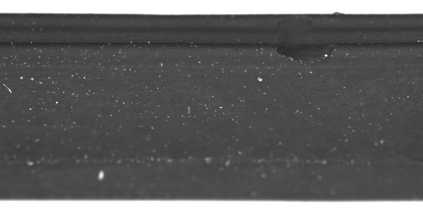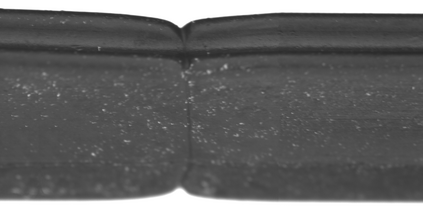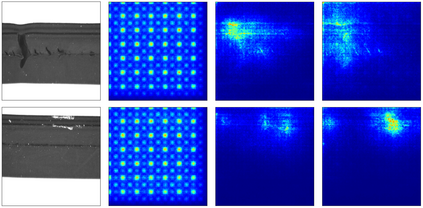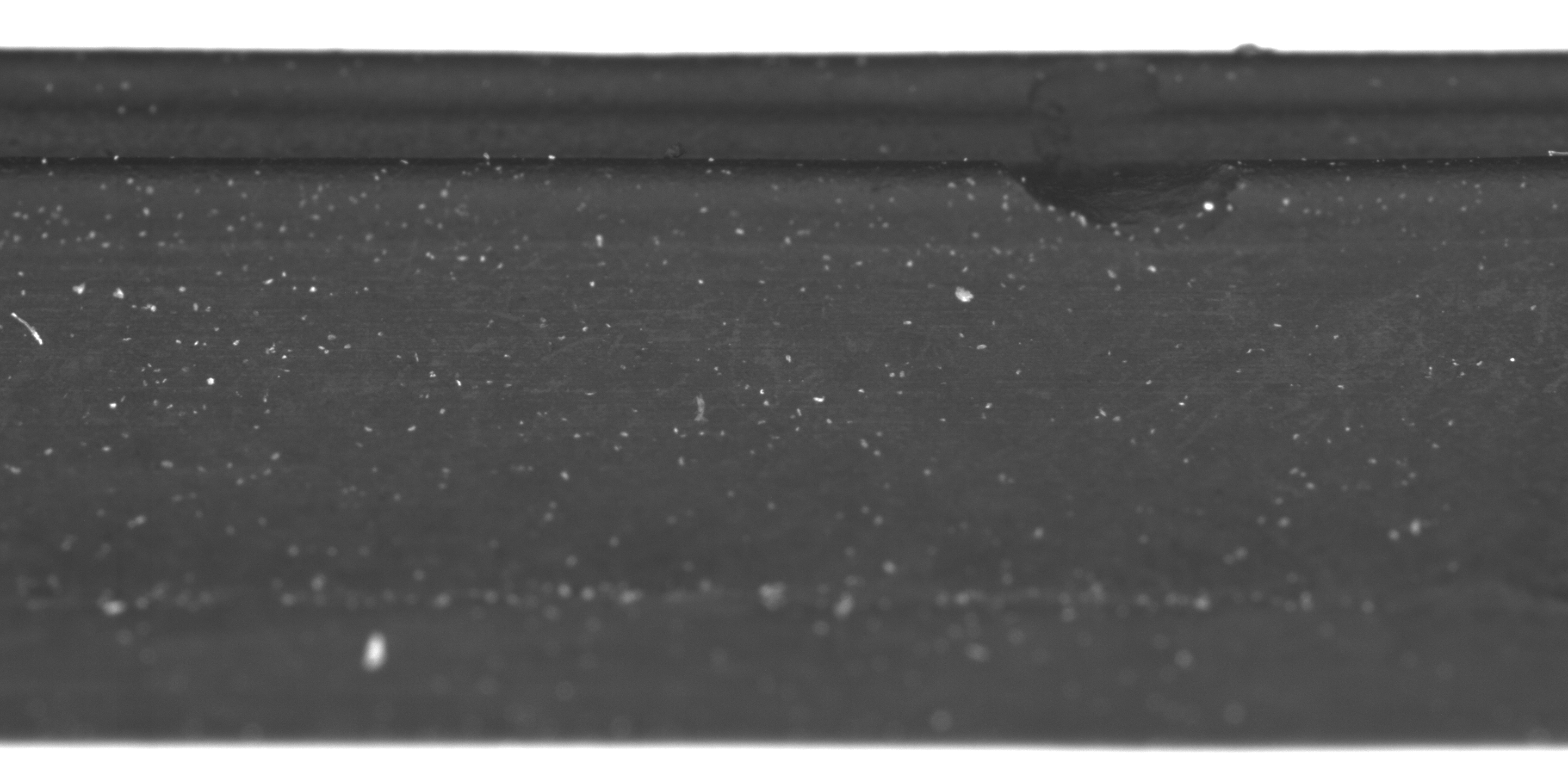Deep learning methods have proven to outperform traditional computer vision methods in various areas of image processing. However, the application of deep learning in industrial surface defect detection systems is challenging due to the insufficient amount of training data, the expensive data generation process, the small size, and the rare occurrence of surface defects. From literature and a polymer products manufacturing use case, we identify design requirements which reflect the aforementioned challenges. Addressing these, we conceptualize design principles and features informed by deep learning research. Finally, we instantiate and evaluate the gained design knowledge in the form of actionable guidelines and strategies based on an industrial surface defect detection use case. This article, therefore, contributes to academia as well as practice by (1) systematically identifying challenges for the industrial application of deep learning-based surface defect detection, (2) strategies to overcome these, and (3) an experimental case study assessing the strategies' applicability and usefulness.
翻译:深层学习方法已证明在图像处理的各个领域比传统的计算机视觉方法要好,然而,由于培训数据数量不足、数据生成过程昂贵、规模小和地表缺陷很少发生,在工业表面缺陷检测系统中应用深层学习是具有挑战性的,因此,在工业表面缺陷检测系统中应用深层知识是一项挑战,因此,由于培训数据数量不足、数据生成过程昂贵、规模小和地表缺陷很少发生,因此,深层学习方法的运用具有挑战性。从文献和聚合产品制造使用案例中,我们确定了反映上述挑战的设计要求。针对这些挑战,我们从深层学习研究中汲取了设计原则和特征。最后,我们以基于工业表面缺陷检测使用案例的可操作准则和战略的形式,对获得的设计知识进行即时和评估。因此,这一条有助于学术界和实践:(1) 系统地查明在工业应用深层学习的表面缺陷检测方面存在的挑战,(2) 克服这些挑战的战略,以及(3) 评估战略适用性和效用的试验性案例研究。












